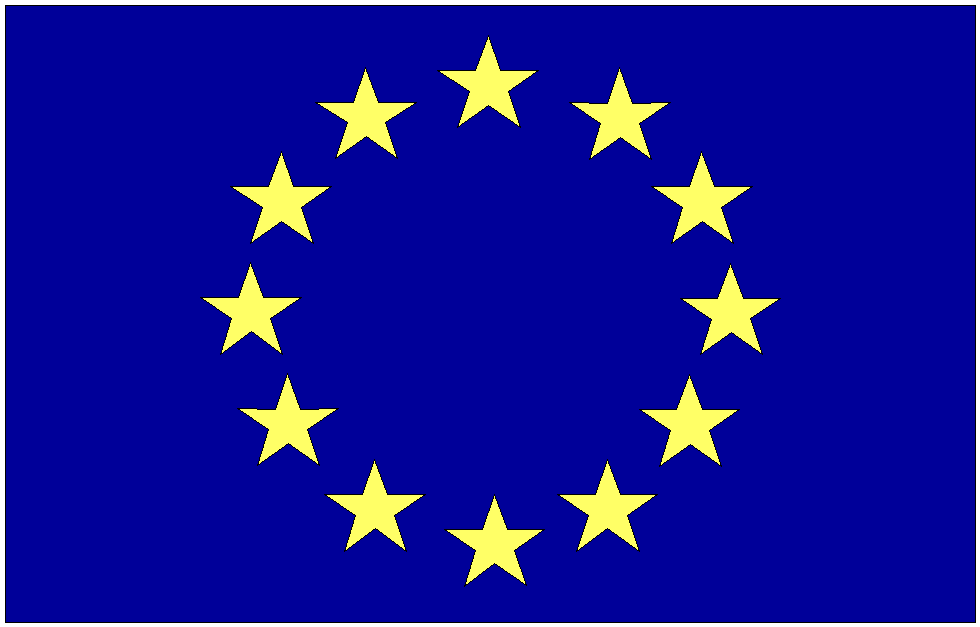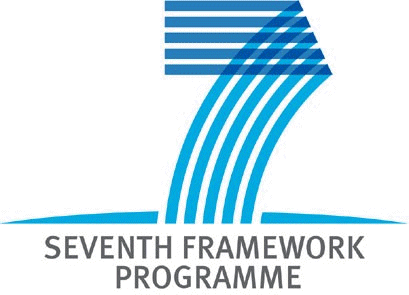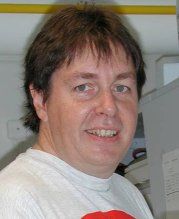Components and Workpackages
The workflow of SYSCILIA involves iterative cycles of quantitative data generation, model building, experimental testing and model refinement. The proposed work is divided into four scientific components, and a fifth component involving project management, training, and dissemination of data, including translation to the industry.

SYSCILIA Components and Workpackages
Component 1 - “Defining the elements and variables of ciliary systems”
to be executed in workpackages 1 and 2. WP1 aims to generate quantitative data on the ciliome. WP2 will implement a central relational knowledge base.
Component 2 - “Modelling the variables of ciliary systems”
to be executed in workpackages 3 and 4. WP3 undertakes bioinformatics for construction, comparison and application of ciliary interactomes. WP4 deals with integrative modelling and predictions of ciliary system behaviour.
Component 3 - “Assessing and manipulating the variables of ciliary systems”
to be executed in workpackages 5, 6 and 7. WP5 will use assay systems to study functional ciliary modules. WP6 and WP7 will dissect the modules associated with ciliopathies.
Component 4 - “Applying ciliary systems to human health towards improved diagnostics and therapy”
to be executed in workpackages 8 and 9. WP8 will assess the involvement of the predicted ciliary molecular machines in the pathogenesis of ciliopathies. WP9 will ultimately translate the systems biology output of SYSCILIA to new therapeutic avenues.
Component 5 - “Management”
to be executed in workpackage 10, dissemination and translation of knowledge and workpackage 11, overall management of the project.













